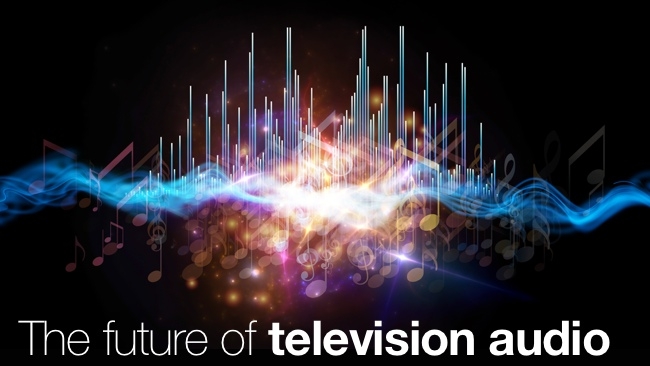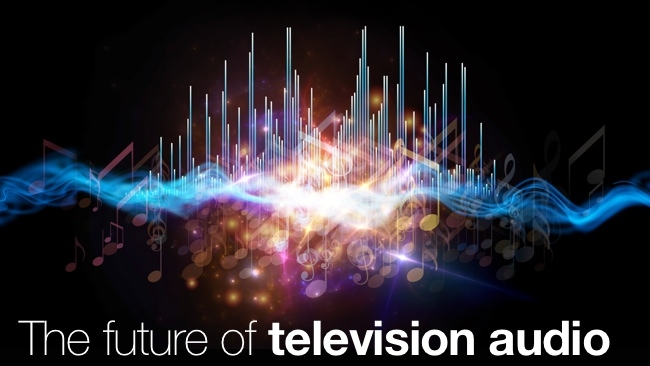
 The future of television audio
The future of television audio
The next generation of audio for television is set to be much more flexible
Have you ever wished you could do something about the indistinct sound that's coming from your centre speaker? Or the sound that's muffled because you don't have a centre speaker?
The Advanced Television Systems Committee (The ATSC) is looking into the next generation of audio and has asked for submissions as to how it can be achieved.
They're asking a lot, which is reasonable, because there's little point in moving to a system that doesn't differ much from the current one.
There are three main aspects to what's being called for.
Localisation
They want the sound to be localisable in "azimuth, elevation and distance" to "provide an increased sense of presence". Ambitiously, they want this to be implemented "without the need for a large number of physical speakers". We're a bit skeptical as to how that will ever work, but we're open minded!
Personalisation
This will provide listeners with the kind of control that they've wanted for ages. With the proposed system it will be possible to adjust dialogue (choosing alternative audio tracks) and a mix of "assistive audio services" including other-language dialogue, special commentary and music and effects".
Dynamic Range
Importantly it will give users control over dynamic range (to limit or - where the circumstances permit it - boost the difference between loud and soft sounds) and to normalise content loudness, which is also a type of dynamic range control.
The proposal is also optimistic in that it's asking for all of this to work across a very wide range of devices, including - as well as home theatres - tablets, smartphones, other handheld devices used with or without headphones.
We'll watch this with interest. Audio is important and the way we approach the next generation of video viewing "environments" will have a big effect on usability and listenability.
One thing to remember, though, with any system that promises more control, is that there's always a danger that there will be such a range of options given to the user that the original artistic intent of the film director, for example, might be lost in a sea of mis-adjustments.
Finally, for all of this to make sense and be useable by a home viewer, there will need to be an additional "authoring" process, which will add inertia for content producers wanting to use the system. It might lead to only high-end producers with big budgets bothering to take up these new facilities.
We hope not, because this does sound like a very good thing. We think the answer to the latter point might be to have a sensible set of defaults, which would allow "raw" productions to be mastered into a reasonable form without too much human intervention.
Tags: Studio & Broadcast


Comments